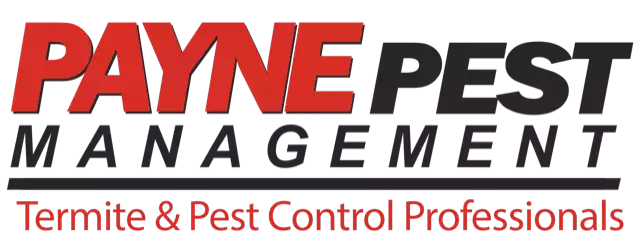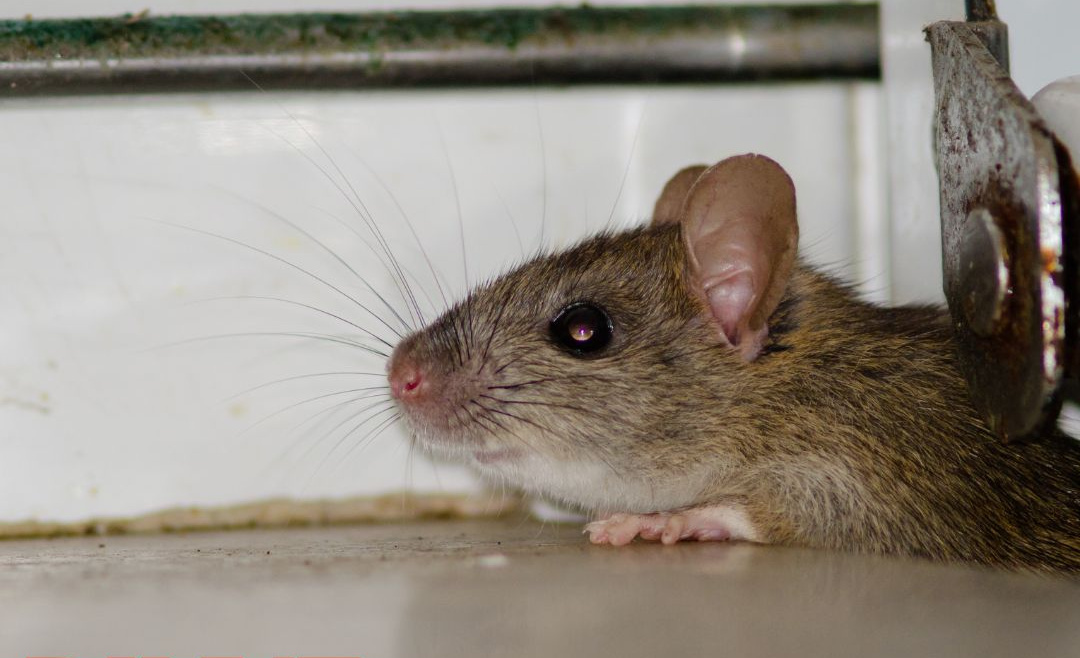As the days grow shorter and the weather colder, the last thing you want to deal with is an uninvited guest in your home. When winter beckons, mice often seek shelter and warmth, but their presence can pose serious health risks and property damage.
But fear not, homeowners, Payne Pest Management has you covered. In this comprehensive guide, we will delve into the strategies you need to keep your household safe from mice, not just in the winter but year-round.
This isn’t just a manual on confrontation – it’s your preemptive playbook. So, grab a cup of coffee, get comfortable, and let’s ensure a pest-free haven for you and your loved ones.
Why Mice Are More Than Just Pests
At first glance, mice might seem like minor nuisances. However, their potential for destruction is substantial. Mice are not only capable of chewing through wiring and causing house fires, but they can also contaminate food and spread diseases. As carriers of pathogens, mice can transmit illnesses such as salmonellosis, leptospirosis, and even the deadly hantavirus.
Understanding the risks associated with a mouse infestation is crucial. It can mean the difference between a harmless encounter and a grave situation that threatens the health of your family and home.
Let’s begin by setting the stage for comprehending the scale of the issue at hand. Once you realize the full extent of the potential problems a mouse population can create, you’ll be more motivated to act decisively.
The Four Pillars of Effective Mice Control
To gain the upper hand, remember the four essential elements of mice control that form the pillars of Payne Pest Management’s approach:
- Exclusion: The first line of defense against mice is making it difficult for them to get into your home in the first place.
- Sanitation: Removing the factors that attract mice in your living space.
- Trapping: For active infestations or as a preventive measure, traps can be highly effective.
- Baiting: In some instances, professional-grade baits are the safest and most efficient approach to eliminate mice.
By integrating these into your pest management strategy, you’re not just fighting a battle, but you’re winning the war against unwanted rodent guests.
Creating a Barrier with Exclusion
Exclusion is key to preventing mice from entering your home. This involves identifying and sealing off any potential entry points around your house. Mice can fit through incredibly small openings—a gap as little as a quarter of an inch is enough for them to squeeze through. Use materials such as steel wool, caulk, and wire mesh to seal crevices and gaps in your walls, floors, and roof. Remember, the more challenging you make it for mice to enter, the less likely you are to have to deal with them on the inside.
To ensure you cover all bases, carry out routine inspections of your home’s exterior. This vigilance will pay off, as one overlooked hole can lead to an infestation.
Sanitation: Deprive the Mice of Their Larder
Sanitation measures are critical in keeping mice away. Mice are attracted to food sources, particularly those high in carbohydrates and proteins. Therefore, keeping your living spaces clean is a powerful deterrent.
The following steps are integral to maintaining a mouse-resistant environment:
- Store food effectively: Use airtight containers to store food, and ensure that pantry shelves are kept immaculate.
- Address moisture issues: Mice need water as much as they need food. Fix any leaks, and consider using dehumidifiers in damp spaces.
- Yard care: Keep your yard free of piles of leaves, which can serve as nesting spots for mice.
These sanitation practices not only minimize the likelihood of an infestation but also contribute to a healthier living area for you and your family.
Trapping: The Traditional Method
Traps have been a traditional method of controlling mice for good reason – they are often very effective. Traditional snap traps, electronic traps, and glue traps are readily available and can be used both to address active infestations and to monitor for potential entry in the future.
When setting traps, it’s essential to place them strategically. Mice tend to follow the same routes, typically along walls where they feel safer. Place traps at right angles to the wall, baiting them with an attractive (to mice) food. Also, ensure traps are out of reach of children and pets.
Baiting: When Traps Aren’t Enough
Baiting is a technique used for more significant infestations and is not without risks. Misused, baits can be harmful to humans, pets, and wildlife. Payne Pest Management recommends relying on professionals when opting for baiting to ensure safety and efficacy.
Professionals are trained to administer and monitor baits in a controlled and strategic manner. They can choose the right bait and placement to maximize the chances of eliminating a mouse population, without endangering non-target animals.
The Human Element: It’s Not Just Strategy, It’s Action
All the planning in the world is meaningless without action. Mice infestations can grow rapidly, and procrastination can lead to extensive damage before you’ve even begun to act.
Recognizing warning signs is essential. Some of these include:
- Droppings: Mice leave behind droppings that are sure signs of their presence.
- Gnawing: Look out for chewed wires, furniture, and other materials.
- Nesting Materials: If you see shredded paper or fabric, there might be a mouse nest nearby.
Be proactive and address any signs of infestation immediately. The more quickly and decisively you act, the better your chances of controlling the problem.
Continuous Vigilance: Staying Ahead of the Game
Mice are persistent and resourceful. A commitment to long-term vigilance is necessary to ensure that your home remains mouse-free. Regularly re-evaluate and reinforce your exclusion measures. Keep up with your sanitation efforts. And always have traps and the number of a professional exterminator readily available.
A seasonal approach, where you prepare for periods when mice are most likely to seek shelter, is a smart practice. This means that even if your home is currently free of mice, these measures ensure that it stays that way.
Empowering Yourself: Knowledge is Power
Understanding the behavior and biology of mice is empowering. It enables you to make informed choices and efficient actions.
Mice are not just coming over for a chat. They mean business and can disrupt your household in numerous ways. By preparing yourself with knowledge, you neutralize their potential threats.
Remember, you’re not alone in this. Payne Pest Management is here to offer expert advice and assistance, ensuring that your home remains your safe haven from the outside world, mice included.
Now go forth, implement these tips, and enjoy a pest-free existence, confident that you’ve taken the necessary steps to fortify your threshold against these pesky rodents.







